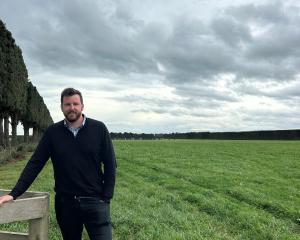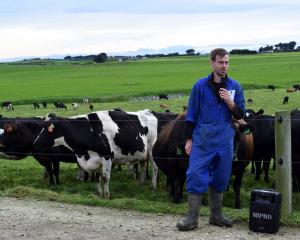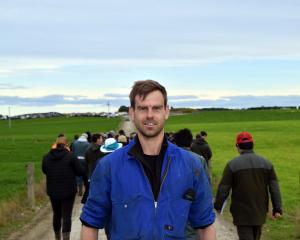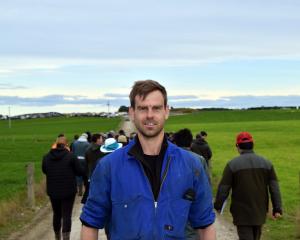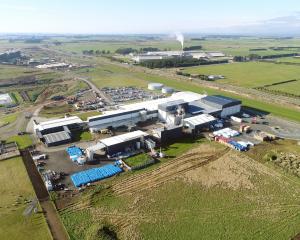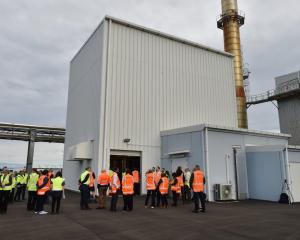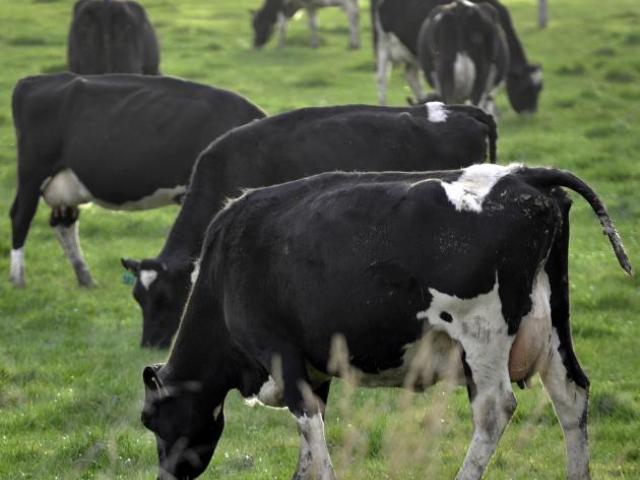
Sources suggest yesterday's simultaneous searchers were in Auckland and Southland.
The Ministry of Primary Industries (MPI) said the searches related to potential breaches of legislation "related to the MBovis response" and would not common further.
When asked by the New Zealand Herald about the possibility the disease came via drugs, the spokesperson was unable to provide substantive comment.
Sources in the rural sector suggest that although most farmers buy their livestock treatments and drugs from reputable pharmaceutical companies through vets, those wanting cheap drugs can get them from importers who source and import them illegally from countries such as China. It is possible, say sources, that mycoplasma bacteria was in these drugs and treatments.
The ministry said it recognised there was strong interest about how M. bovis entered New Zealand and would tell farmers about its investigations as soon as possible.
MPI has announced more than 22,000 cattle - including entire herds - on 28 infected properties will be killed to try to contain the spread of the disease, which MPI is confident is not yet well-established in New Zealand.
The disease, passed by close contact among animals, affects dairy and beef cattle.
It is established in the herds of New Zealand's trading partners and many other countries, but New Zealand is the first in the world to try to control its spread by large-scale culling.
Authorities say the milk and meat of affected animals is safe for human consumption.
MPI said milk testing was the most effective way to diagnose M. bovis. It has done 113,000 tests and is confident it has identified and ringfenced all affected farms, though it concedes there is no ironclad guarantee the disease is contained.
And it still does not know how the disease entered New Zealand.
MPI will decide a month or two after the cull whether to continue trying to eradicate the disease or, like other countries, try to manage it.
The livestock will be killed at meatworks before the start of the new dairy season on June 1.




